Join the community
Thought Leadership Centre
Most Read
1. Finance leaders flag governance risks with fast growing fintech systems 2. Why AI governance is a key priority for financial institutions 3. Foreign institutions pursue market entry as Japan strengthens fintech rules 4. Payment leaders push for interoperability to solve SME cash flow 5. Five takeaways from day 1 of the Singapore Fintech FestivalResource Center
Awards
Mar
24
Event News
Energy & Offshore
Tuas Power to complete Singapore’s first 100% biomass conversion by 2028
The landmark project will cut one million tonnes of carbon emissions annually.

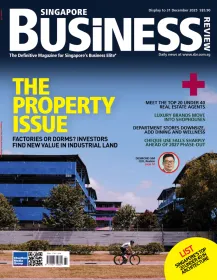
 Advertise
Advertise
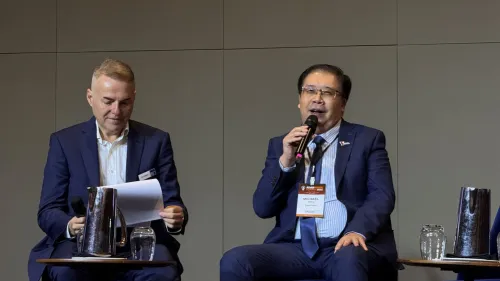



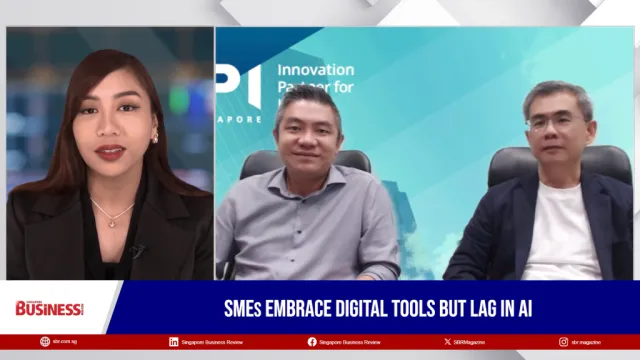
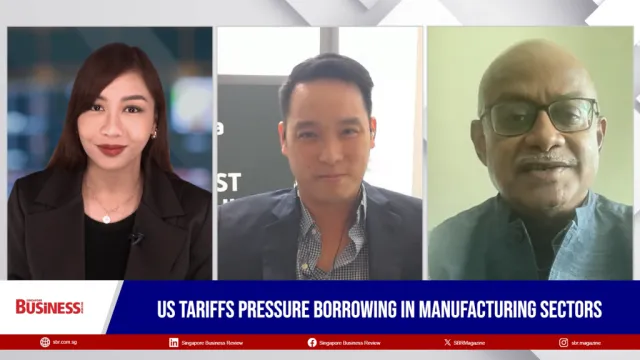
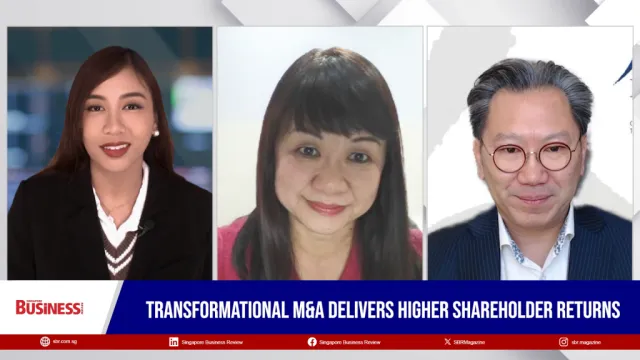
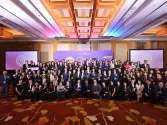
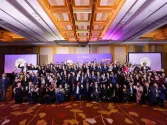










Commentary
How can Singapore make the most of its expanding service sector?
How can Singapore make the most of its expanding service sector?
Marketing is so last Millennium
The new face of shopping in Singapore
Are you a Singapore deals site addict?
How convergence of mobile and social media changes industry landscapes
6 steps for startups to keep customers engaged
4 negotiating myths from the past
5 ways to get a high salaried job during an economic downturn
Should Singapore Pre-Schools be bilingual?
Are private schools a good option for Singaporean students?
Why Singapore is the ideal test lab for “digitised” experiential retail concepts
This is how Singaporeans will shop in 2012
Social media - fact or fad?
Public relations in an era of social media
Does working long hours mean being productive?
Like, Link, Share, Tweet – How to make the most of online video
Managing staff morale in a crisis